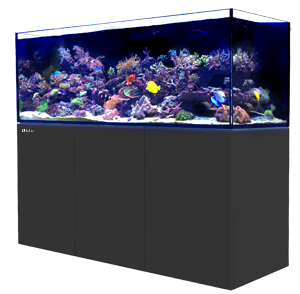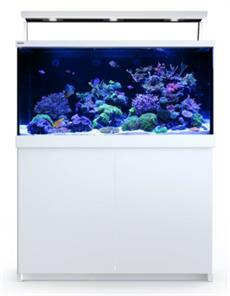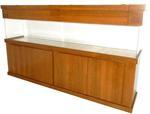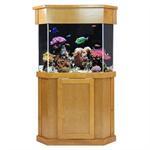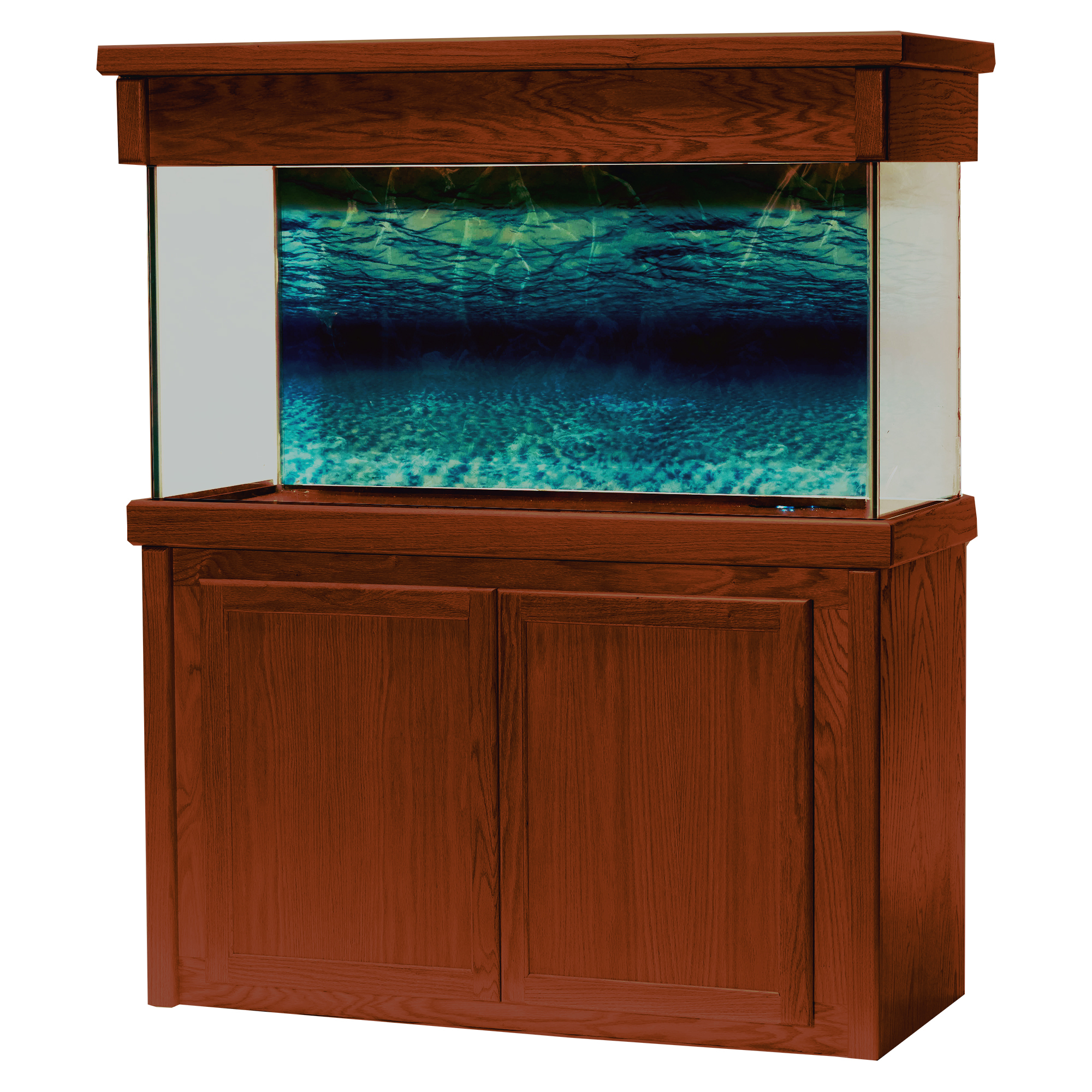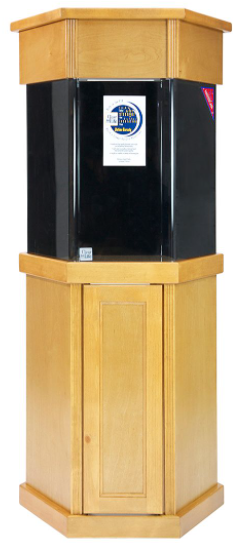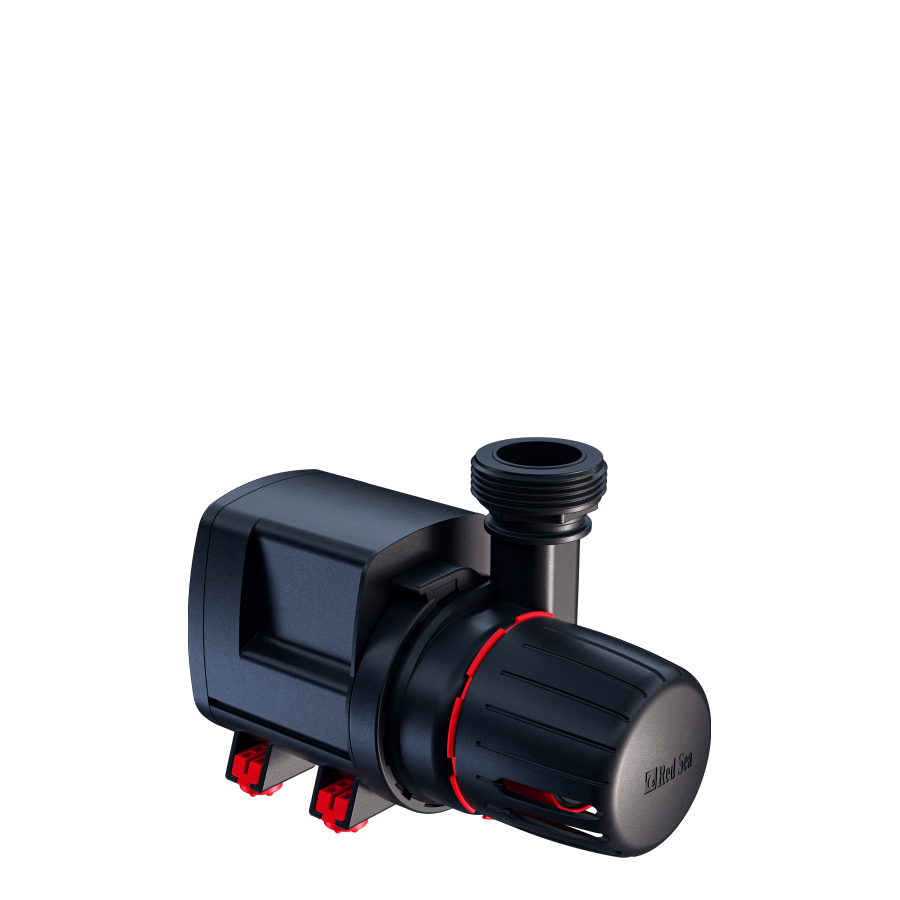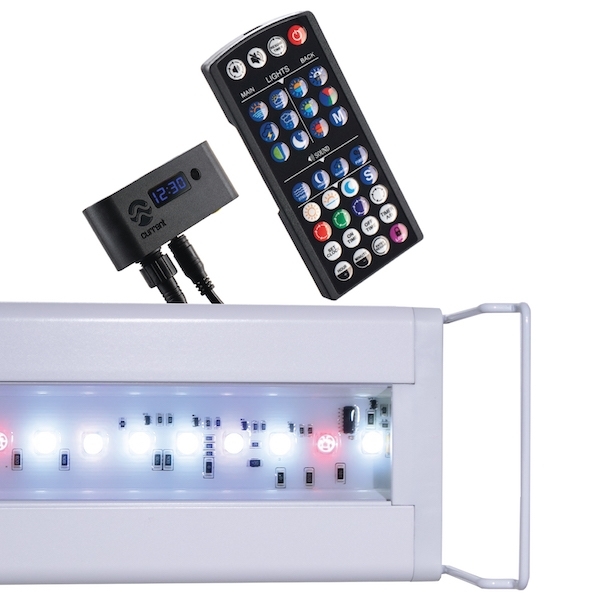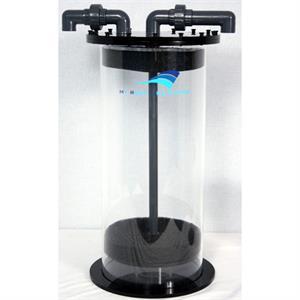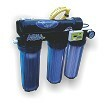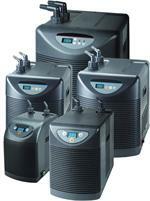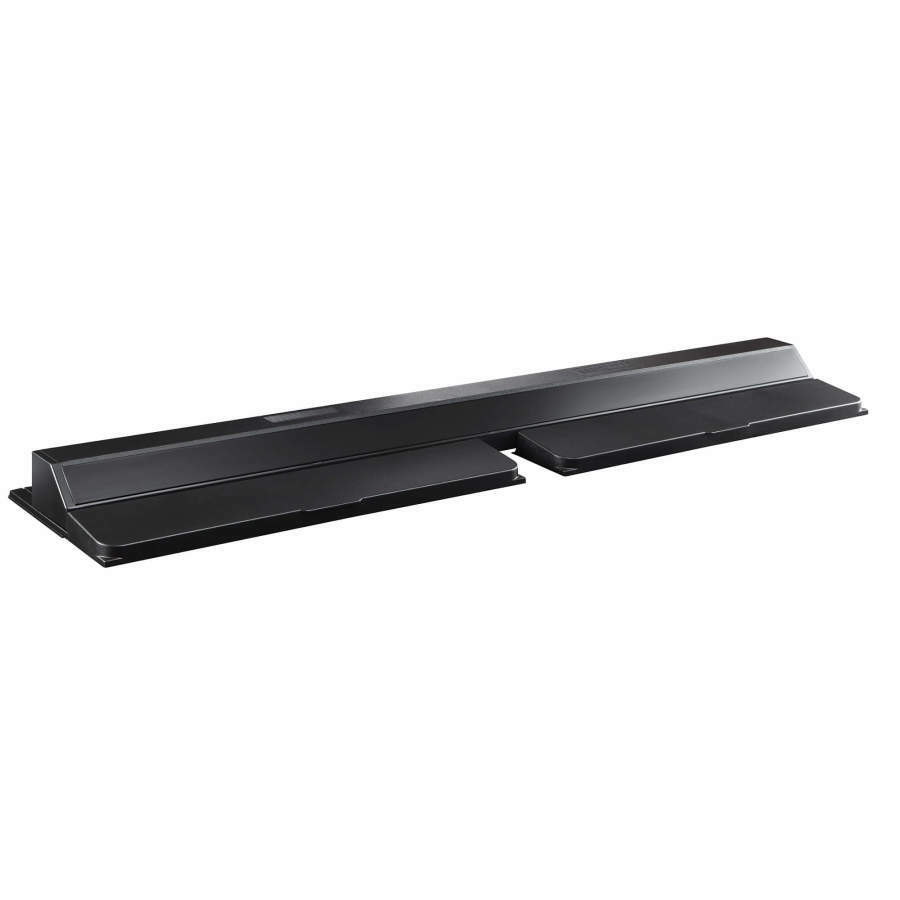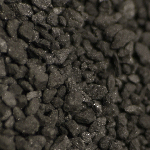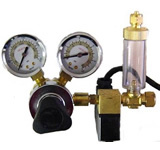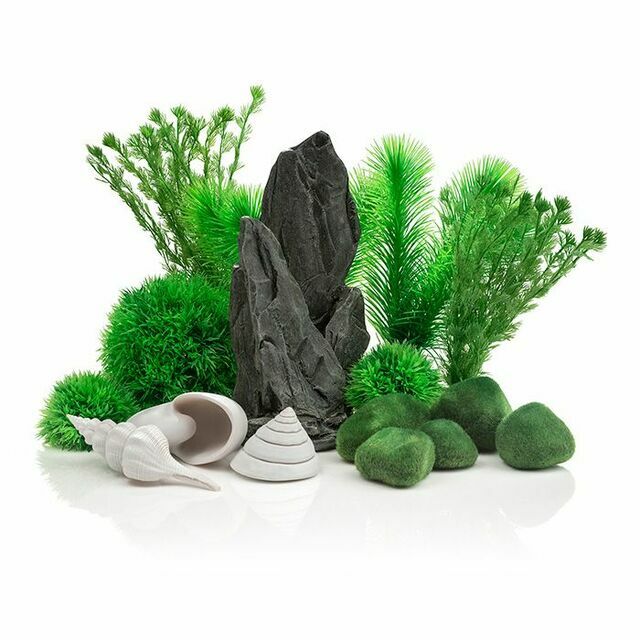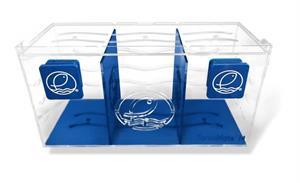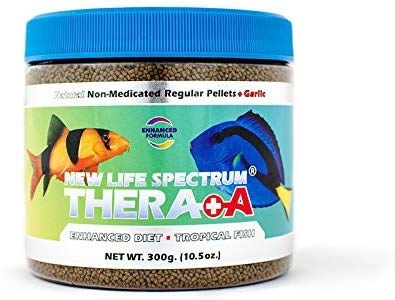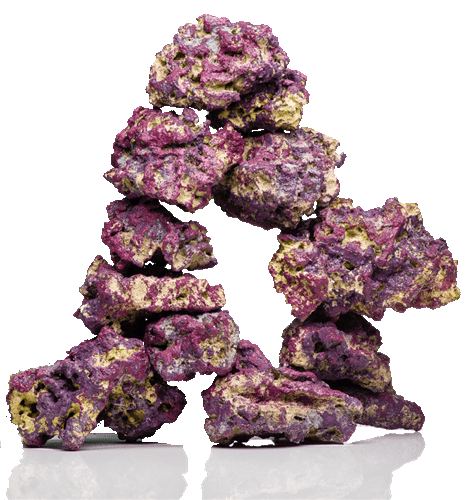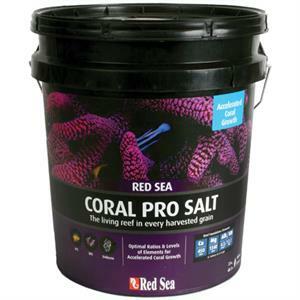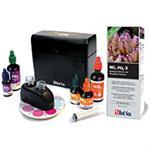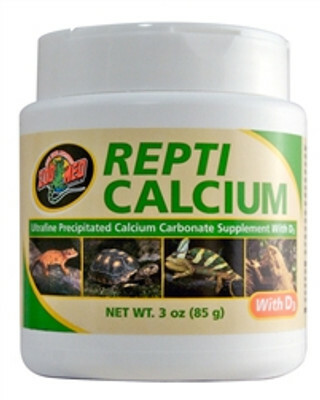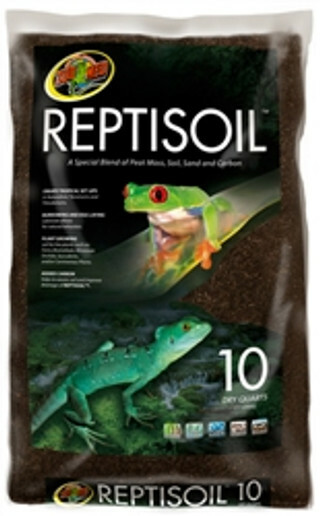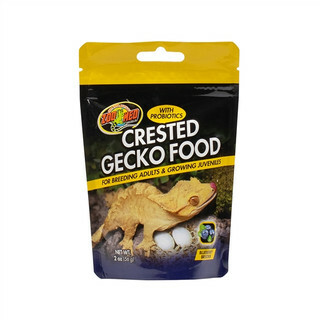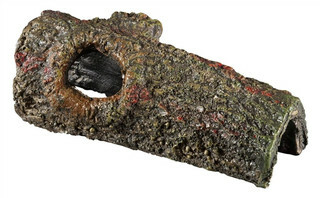Mastering Aquarium Filtration: Filter Types and Their Benefits for a Healthy Tank
Fish Tanks Direct on Dec 5th 2023
Proper filtration is critical to ensuring a healthy and thriving aquarium environment for your freshwater or saltwater fish and plants. Providing efficient filtration not only contributes to clear, clean water but also helps maintain the delicate balance required for a stable aquatic ecosystem. As a fishkeeper, understanding the importance of filtration and the different types of aquarium filters available is essential to make informed decisions about your aquarium equipment to suit your specific needs. In this comprehensive guide, we'll explore the vital role of filtration, the various filter types, and the benefits each brings to maintain water quality and clarity in your tank.
In this guide, we will delve into the three primary types of filtration: mechanical, biological, and chemical. Each of these filtration methods serves a unique function in maintaining a stable and healthy aquarium environment. Understanding how these methods work, their benefits, and their drawbacks will equip you with the knowledge required to make informed decisions regarding the best filtration system for your tank.
Understanding the Three Primary Types of Filtration
A well-rounded aquarium filtration system combines mechanical, biological, and chemical filtration methods to maintain an optimal environment. Let's explore these filtration types and their essential functions:
1. Mechanical Filtration: Mechanical filtration is the process of physically removing solid particles like uneaten food, fish waste, and plant debris from the aquarium water. This step in filtration ensures clear water and prevents the buildup of organic matter, which can lead to harmful ammonia and nitrite spikes if left untreated. Common mechanical filtration media include foam, filter floss, and sponge materials, which effectively trap debris as water passes through the filter.
2. Biological Filtration: Biological filtration involves the breakdown of waste products like ammonia and nitrite by beneficial bacteria residing in your aquarium's filter media. These bacteria convert ammonia and nitrite into less harmful nitrate, which can be removed through water changes or absorbed by plants. The presence of adequate biological filtration is crucial for maintaining a stable and healthy aquarium environment. Porous filter media, like ceramic rings or bio-balls, provide ample surface area for beneficial bacteria to colonize.
3. Chemical Filtration: Chemical filtration targets dissolved impurities and pollutants in the aquarium water. It involves the use of specialized filter media such as activated carbon, zeolite, or chemical resin that can adsorb substances like dissolved organic compounds, heavy metals, and other pollutants. Although not always necessary, chemical filtration can help maintain pristine water quality, especially in sensitive or heavily stocked aquariums.
Exploring Types of Aquarium Filters
Now that we understand the three primary types of filtration, let's dive into the various filter options available on the market:
1. Hang-On-Back Filters (HOB): HOB filters are a popular choice for small to medium-sized aquariums. They hang on the rim of the tank, allowing water to be drawn into a filter chamber containing mechanical, biological, and chemical filter media before being returned to the aquarium. HOB filters are easy to set up, maintain, and offer customizable filtration options. They are ideal for beginners and casual fishkeepers who prefer a simple and affordable filtering solution.
2. Canister Filters: Canister filters provide powerful filtration for medium to large aquariums. These external units sit below or adjacent to the tank and utilize flexible tubing to draw water from the aquarium into a pressurized canister containing filter media. Canister filters offer significant advantages over HOB filters in terms of efficiency, customizable filtration options, and noise reduction. However, they can be more challenging to maintain and may require additional effort during cleaning and media replacement.
3. Sponge Filters: Sponge filters are a cost-effective and straightforward solution for small aquariums, breeding tanks, or quarantine setups. They consist of a foam sponge attached to an air pump that creates water flow through the sponge, providing both mechanical and biological filtration. Though limited in chemical filtration capabilities, sponge filters work well in setups with low fish bioload and do not generate strong water currents, making them ideal for delicate fish species or fry.
4. Internal Filters: Internal filters are submersible units that sit directly inside the aquarium. They are similar in function to HOB filters, but their compact design and full submersion make them suitable for smaller tanks with limited space. Internal filters usually provide mechanical and biological filtration and, in some instances, can accommodate chemical filter media. Their main drawbacks include visible equipment inside the tank and potential limitations in filtration capacity.
Filter Maintenance and Care: Tips for Efficient Filtration
To ensure optimal performance of your aquarium filtration system, follow these maintenance and care tips:
1. Regular Filter Inspection: Periodically inspect your filter for signs of clogging, reduced water flow, or malfunction. Addressing issues promptly prevents long-term filter damage and ensures ongoing, efficient filtration.
2. Clean Filter Media Gently: When cleaning mechanical or biological filter media, use aquarium water or dechlorinated tap water to preserve the beneficial bacteria colonies. Avoid soaking biological filter media in tap water or exposing it to harsh chemicals, as this can disrupt the bacterial balance and harm the aquarium ecosystem.
3. Replace Chemical Filter Media: Chemical filter media like activated carbon become less effective over time. Replace these media according to the manufacturer's recommendations or when noticeable decreases in water quality occur.
4. Monitor Water Parameters: Regularly test your aquarium water parameters for indications of insufficient filtration. Elevated ammonia or nitrite levels suggest your biological filtration may be inadequate, while reduced water clarity or persistent odors can hint at the need for improved mechanical or chemical filtration.
Conclusion
Understanding the importance of filtration and the various types of aquarium filters available is essential in maintaining a healthy aquatic ecosystem for your fish and plants. By exploring the options and benefits of different filter types, you can choose an optimal filtration system tailored to your freshwater or saltwater aquarium's needs. Remember that proper filter maintenance and care are integral to ensuring the longevity and efficiency of your chosen filtration system. With the right filter and routine care, your aquarium will thrive, providing a captivating and healthy underwater world for you and your family to enjoy.
Take the first step towards improved aquarium filtration today by browsing our extensive collection of high-quality aquarium equipment and filtration accessories at Fish Tanks Direct, and provide your aquatic life with the clean, clear, and healthy environment they deserve.

